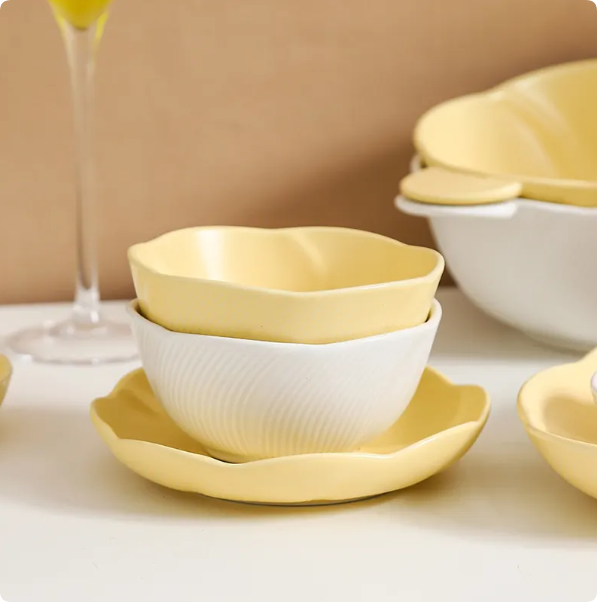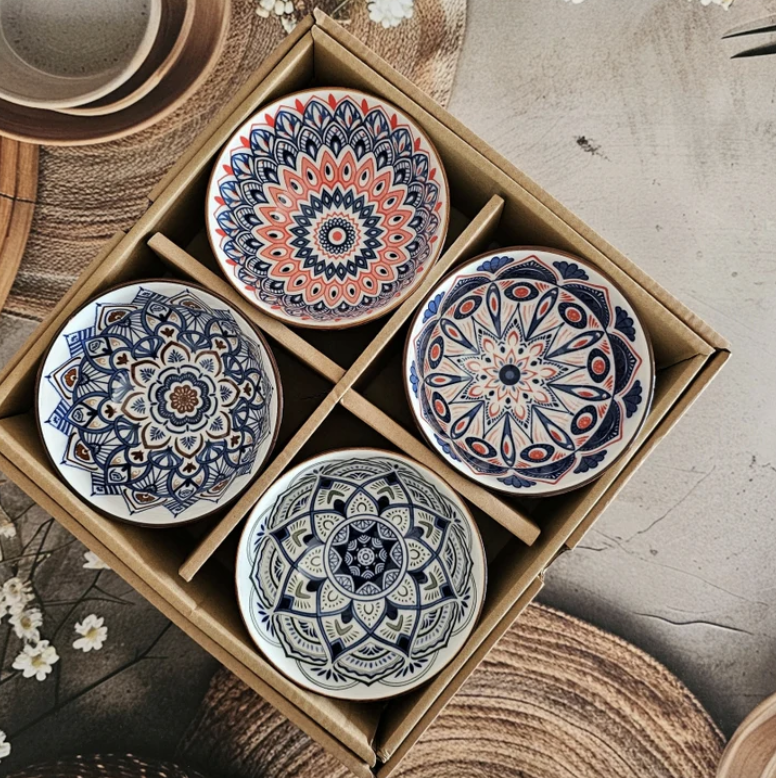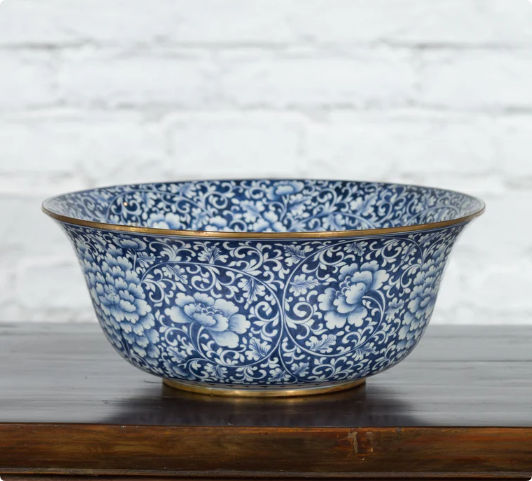In Southeast Asia, rice isn’t just a staple—it’s a way of life. From Malaysia’s nasi lemak and Thailand’s green curry rice to Vietnam’s caramel pork rice, the right ceramic rice bowl can elevate the entire dining experience.
But rice bowls here are more than utilitarian vessels. They carry culture, tradition, and a sense of home. For homeware brands, giftware buyers, and cross-border eCommerce sellers, understanding these local preferences isn’t just insightful—it’s essential for creating products that truly resonate with consumers.
Why Are Southeast Asian Rice Bowls So Unique?
Southeast Asian families eat rice every day, and the bowl they use reflects more than just functionality. People value bowls based on their visual appeal, material feel, cultural symbolism, and even the story behind their design.
Given the region’s cultural diversity, rice bowl designs vary widely from one country to another. Recognizing and respecting these differences is key to crafting best-selling ceramic pieces for each market.
10 Ceramic Rice Bowl Styles That Dominate in Southeast Asia
1. Thai Blue and White Floral Bowls
Featuring traditional motifs like lotus and elephant gods, these porcelain bowls reflect Buddhist influences and are used in both homes and temples.
2. Vietnamese Celadon Rice Bowls
Known for their translucent glaze and smooth texture, these bowls offer a fresh, minimal aesthetic, appealing to urban consumers who value tactile quality.
3. Indonesian Relief Carved Bowls
Intricately hand-carved with mythical patterns, these are unique to Bali and perform well in the souvenir and artisan gift market.
4. Philippine Color-Glazed Bowls
Vibrant and expressive, these ceramic bowls often feature hand-painted or drip glaze finishes—perfect for younger, trend-driven audiences.
5. Malaysian Minimalist Bowls
Simple and clean in design, these bowls focus on muted tones and contemporary shapes, often targeting upscale households and gift stores.
6. Singapore Hotel-Grade Rice Bowls
Built for functionality, these bowls are stackable, chip-resistant, and designed for use in high-end hospitality settings.
7. Burmese Handpainted Bowls
Hand-drawn patterns sometimes include tribal elements or scripts, giving them a strong cultural identity and artisanal feel.
8. Cambodian Rustic Rice Bowls
Made with local clay and minimal glaze, these bowls emphasize a natural, eco-conscious look, aligning with green design trends.
9. Laotian Woven Pattern Bowls
Inspired by traditional basket weaving, these bowls are textured and tactile—ideal for limited edition or collector series.
10. Timorese Terracotta Bowls
Unglazed and raw, these earthy-toned bowls appeal to eco-conscious consumers looking for handmade, low-impact kitchenware.
🌾 Comparison Table: Ceramic Rice Bowl Styles Across 5 Countries
| Country | Style Overview | Material & Technique | Target Use Cases | Recommended Search Keywords |
|---|---|---|---|---|
| Thailand | Blue & white motifs with Buddhist art | High-fire painted porcelain | Homes, temples | Thai ceramic bowl factory, blue floral rice bowl wholesale |
| Vietnam | Celadon glaze, soft natural tones | Celadon + high temp firing | Gift shops, department stores | Vietnamese celadon rice bowl supplier |
| Indonesia | Relief carvings of folklore symbols | Hand-sculpted stoneware | Souvenir, artisan brands | Indonesian hand-carved bowl OEM |
| Philippines | Color-glazed, bold hand-painted designs | Artistic glazing techniques | Youth homeware market | Color ceramic rice bowls for eCommerce |
| Malaysia | Minimalist, modern lines | Matte glaze + mold shaping | Gift sets, office use | Malaysian minimalist ceramic bowl wholesale |
🌟 5 Influential Rice Bowl Brands in Southeast Asia
1. Benjarong Porcelain (Thailand)
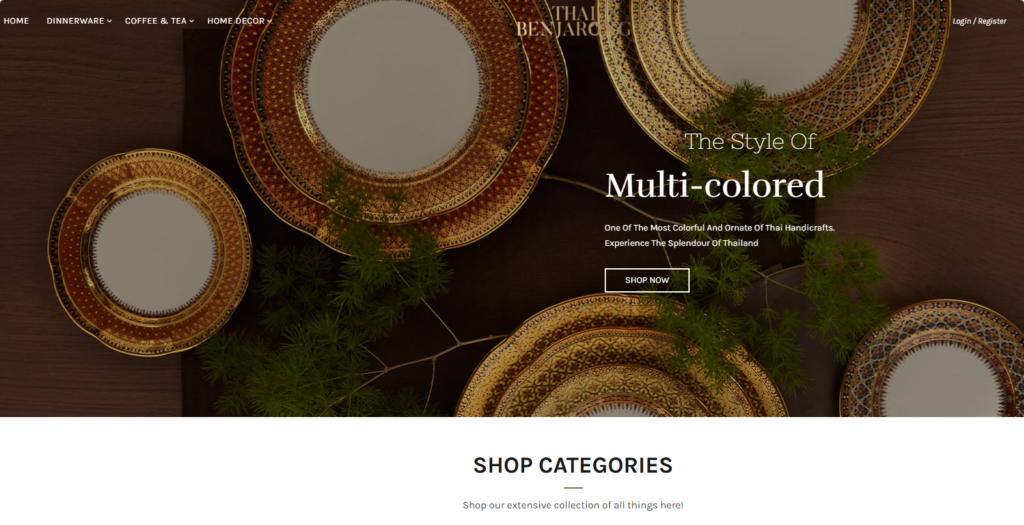
Originally made for Thai royalty, Benjarong is known for vibrant colors and gold-trimmed edges. Their rice bowls are ornate and ceremonial in feel.
2. Minh Long Ceramics (Vietnam)
Specializing in celadon and glossy glazes, Minh Long’s bowls are elegant and widely used in upscale Vietnamese households and hotels.
3. Keramika Indonesia (Indonesia)
This brand focuses on high-fired relief bowls with strong visual textures. Perfect for retail buyers seeking artisanal but durable designs.
4. Stoneage Ceramics (Philippines)
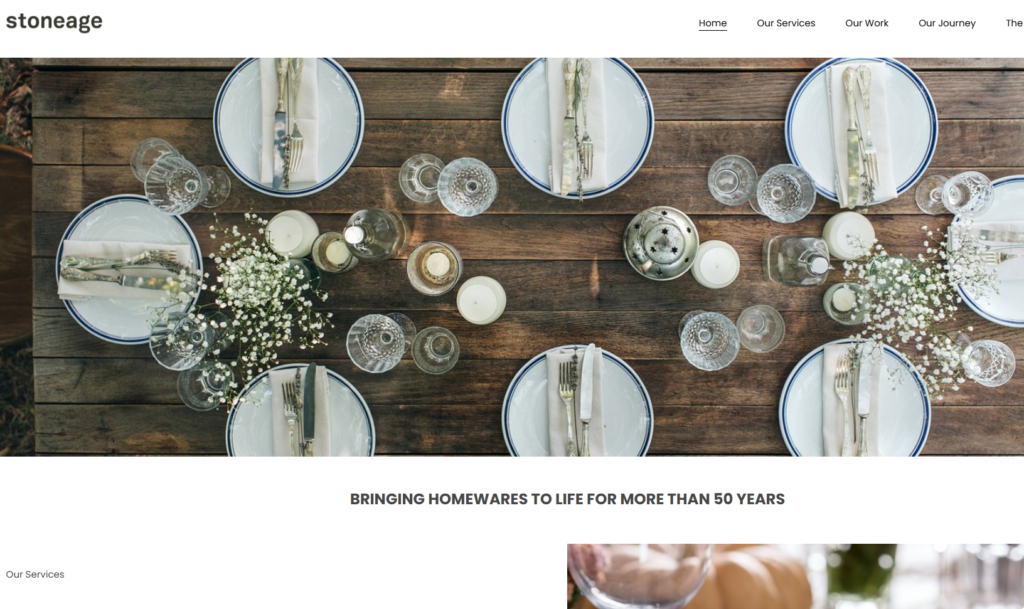
Popular among young consumers, their brightly colored bowls and fun patterns are a hit on online marketplaces and lifestyle stores.
5. Claytan Malaysia (Malaysia)
Simple, practical, and stylish, Claytan’s ceramic rice bowls are staples in offices, modern homes, and premium dining establishments.
💡 Tips for Designing Rice Bowls for Southeast Asian Markets
Whether you’re sourcing for private labels or planning your next drop for Amazon or Shopee, here’s what matters:
- Cultural Pattern Adaptation
Respect local design preferences: Thai blue floral differs from Vietnamese celadon aesthetics. Regional customization goes a long way. - Functional Durability
Bowls should be microwave- and dishwasher-safe, with stackable designs for hotel and restaurant use. - Color Trends
Southeast Asian buyers love soft pastel glazes, gradient tones, and natural hues with a hand-finished look. - Eco-Friendly Features
Lead-free glazes and recycled packaging materials are increasingly important to modern consumers.
📦 Popular Rice Bowl Set Combos for Cross-Border Sellers
If you sell on platforms like Shopee, Lazada, or Amazon, these value-added combos are customer favorites:
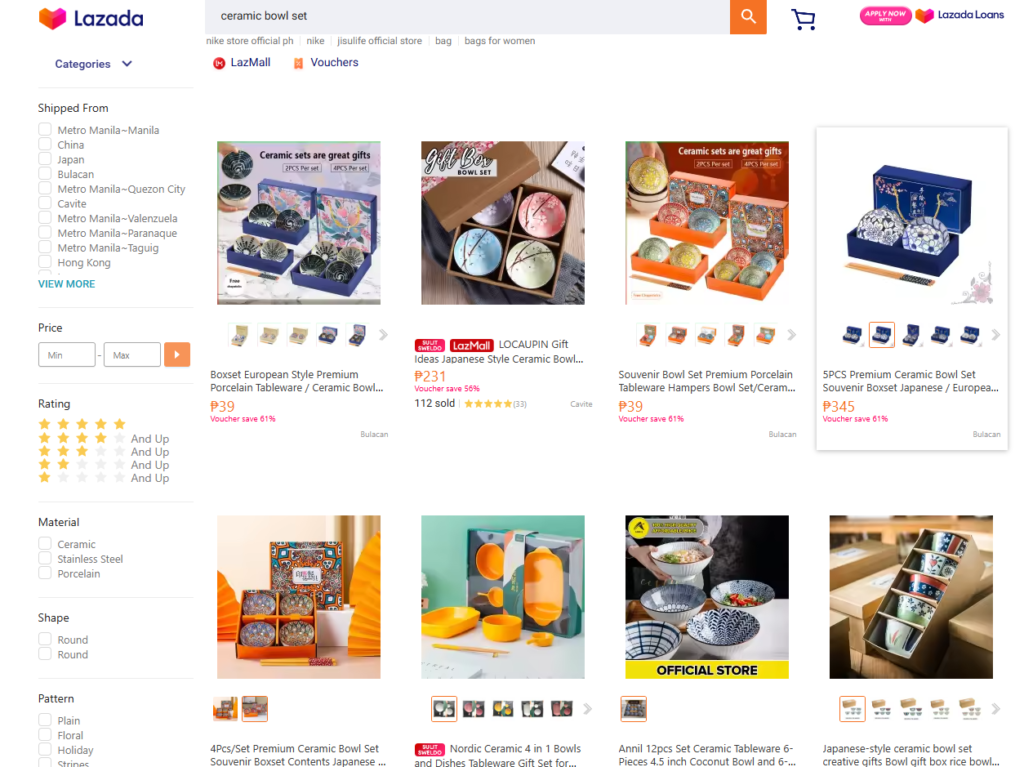
- ✅ 4-piece hand-painted heritage bowl set + chopsticks in gift box
- ✅ 6-piece pastel glaze rice bowl set (multi-color combo)
- ✅ 2-piece hotel-grade stackable bowls (microwave-safe)
- ✅ 5-piece “Cultural Story” collection—each bowl includes a brand card with folklore art
These bundles raise average order value and are easy to promote with lifestyle imagery and influencer partnerships.
🙋 Frequently Asked Questions (FAQ)
Q1: Which rice bowl styles perform best on eCommerce platforms?
Hand-painted, color-glazed, and minimalist stackable bowls tend to sell well—especially when offered in gift packaging.
Q2: What materials are commonly used for ceramic rice bowls?
High-fired porcelain and stoneware are standard. Look for lead-free glazes and microwave-safe certification for daily use.
Q3: Should I choose OEM or ODM for my rice bowl line?
Go with OEM if you have your own brand and design. Choose ODM for faster product rollout if you need assistance with designs or want to reduce sampling costs.
Q4: Can ceramic rice bowls be customized with logos or cultural prints?
Absolutely. Many successful Southeast Asian brands add custom symbols, festival icons, or brand stories to bowl surfaces or packaging.
🔚 Conclusion: Looking for a Reliable Ceramic Rice Bowl Manufacturer?
If you’re entering the Southeast Asian rice bowl market, it’s essential to work with a factory that offers diverse forming techniques, low MOQs, and quick sampling support.
We are a ceramic tableware factory based in China, providing full OEM and ODM services for global kitchenware brands, gift distributors, and cross-border eCommerce sellers. From design support to packaging and export logistics, we help you build culturally resonant products that sell.
📩 Reach out today to start your custom rice bowl project.

